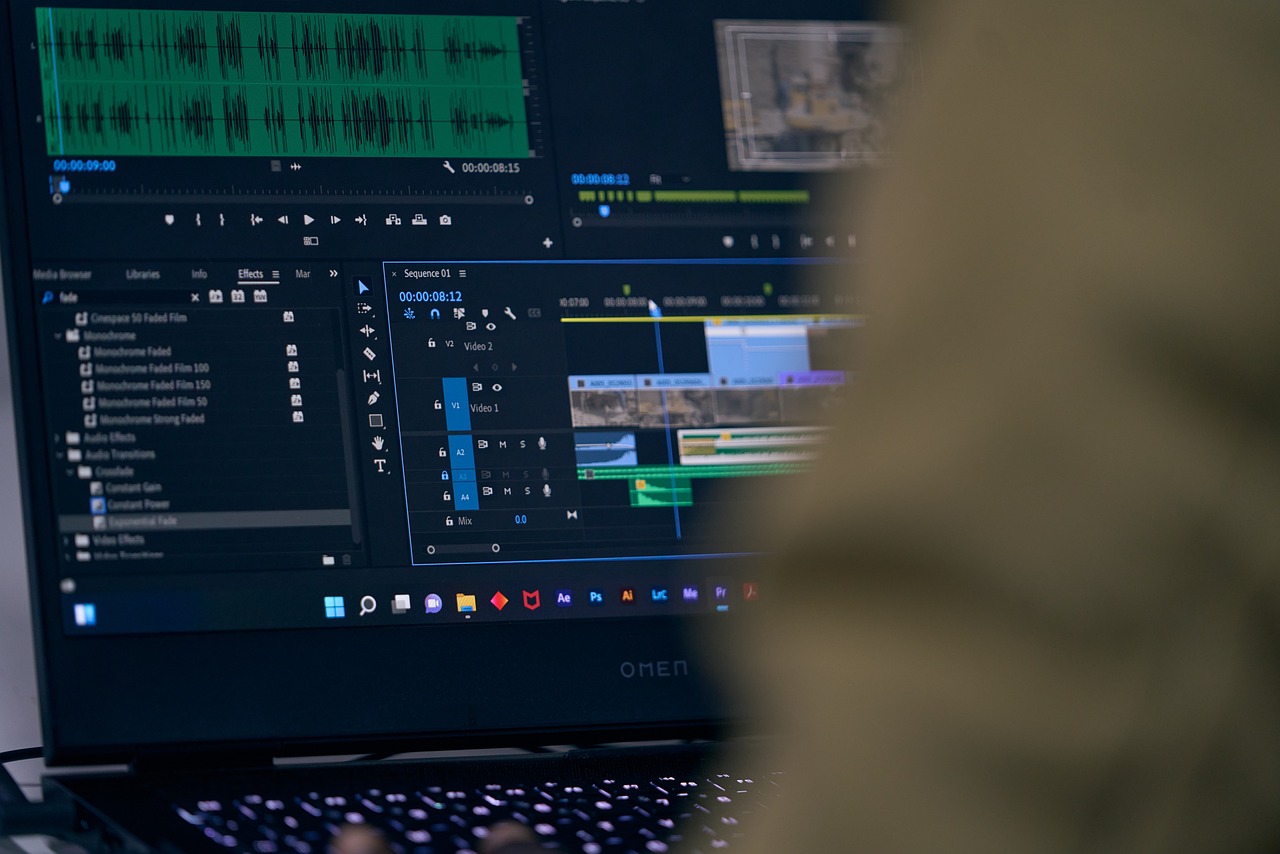How to edit a video: best tips

February 23, 2023
As we have already talked about podcasts, and it is very feasible that you might want to create one, so it is good that you know how to edit a video even if you are an amateur.
Considering that nowadays being an influencer is a profession, this makes content creation more accessible than ever, but that also means there is more competition. Whether you are a beginner or looking to get better, here are some tips and tricks to edit video like a pro.
How do you start editing?
If you shoot your own content, you will have to roll up your sleeves and learn the basics of editing your own videos. If you are editing exclusively, it is always worth lending a hand and getting an objective view of the work you are editing will prepare you for any professional editing you are going to do.
Cut everything that is not top-notch.
You may be proud of a particular shot or dialogue, but if it does not add anything to the content you need to cut, because any decline in the quality of your work will diminish people’s interest. In a world of “Reels”, “Shorts”, “Snaps”, etc., it is not worth the risk.
Avoid marathon edits
Like any task, editing can get tiring. If you are uploading a short vlog or YouTube snippet, you can edit it in one sitting. But if it’s a long piece of content, you may want to make a schedule, as you can get blindsided and miss key details.
That is why it is best to break the edit into ten-minute chunks. If you have a forty-minute piece of content, split it into four separate sessions.
Live and breathe the 321 rules
This is a video editing tip for beginners, jaded veterans, and everyone in-between: save everything, and save it in multiple locations! As a rule of thumb, save your project in two unusual places locally, plus one or more external hard drives/or cloud server. So, it is saved on a third place, second place, and first place ->321!
Use the right video editing program
There’s so much variation when it comes to video editing software, and what’s right for you all hangs on how familiar you are with editing.
What are the basics of video editing?
It is time to nail some basic video editing tips for beginners: cutting from the speaker, and using color to enhance your content.
-
-
Cut from the speaker
-
If you are flitting between Speaker A and Speaker B if you are filming a conversation, capturing dialogue and non-verbal reactions. To avoid static shots of just one person speaking.
If you are only filming one person. Cut to illustrative visuals, B-roll, or even the speaker in a different shot.
-
-
Use color to enhance your content
-
Color correction and grading are real aces in your hand. Correction is the stuff you fix, like contrast and brightness, to achieve a consistent palette across your content. Grading means going outside the box and deliberately meddling with the colors to emphasize a particular mood.
-
-
Do not skimp on your music
-
Music is such an integral part of content. Synchronizing your audio with cuts is such a cool device, and something you can achieve by analyzing the waveforms of your video and nailing it to the nearest millisecond.
If you do not have the rights of the music, most people will get hold of a license. Licensing tracks means you obtain the rights, meaning you are free to use the track within their limits. But it is too much. What you need royalty-free tracks.
-
-
Watch your edit on different screens
-
If you are editing videos for YouTube, Vimeo, or the like, people might watch on their desktop screens or even TVs. So, it is recommended that watch your edits on an IPS 1080p, the most common type of monitor.
This will offer a distinct perspective and potentially flag any weird edits.
-
-
Do a final test without audio or visuals
-
If you want to make your content more inclusive, close your eyes and play the content. Does it sound right? Are the levels balanced? Are there any strange cuts? Then, play the content again, but with the video on and the audio muted. Does the video do the talking – can it tell a story without the sound? Does the pacing work with no audio? These questions are vital for people who have visual or hearing impairments.
With all this in mind, you are well on your way to editing some pro-standard videos.








